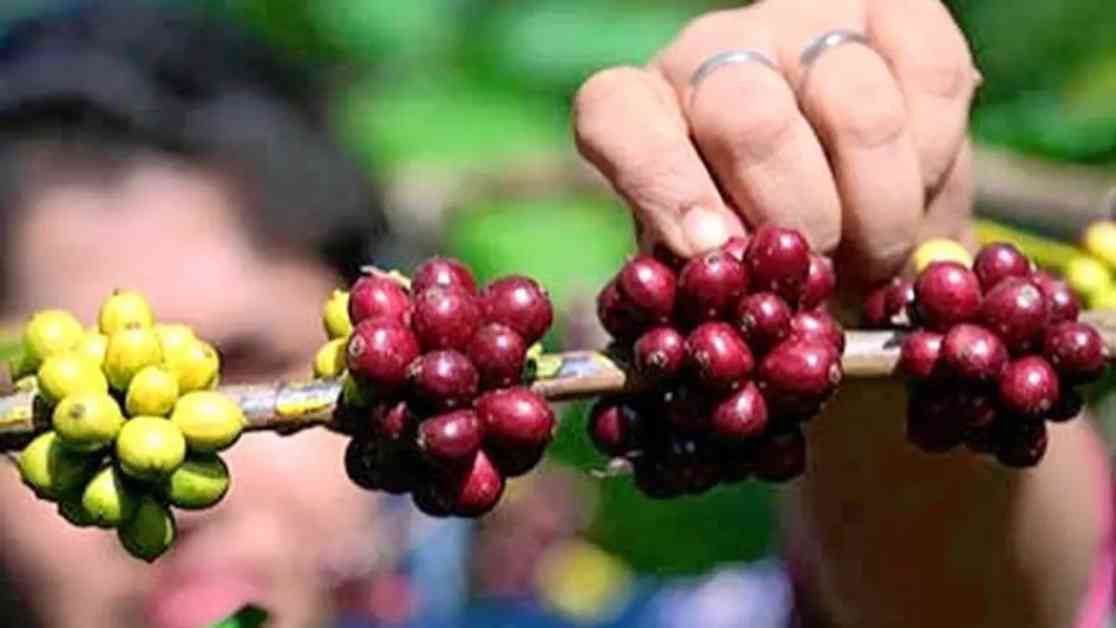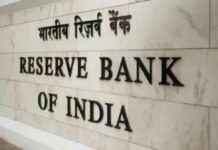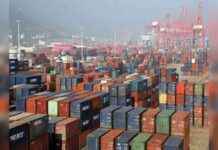The Impact of Rising Coffee Prices on Productivity and Costs
The United Planters’ Association of Southern India (UPASI) recently expressed concern over the declining productivity and increasing costs of coffee production, attributing these issues to climate change. Despite recent price increases, growers are struggling to maintain profitability due to the rising costs associated with coffee cultivation.
According to the UPASI, coffee prices remained subdued for an extended period, while costs have escalated significantly. The wage for coffee workers has increased 23 times since the 1990s, far outpacing the 12-13 times increase in coffee prices during the same period. This imbalance has put coffee growers in a challenging position, leading to decreased productivity across coffee plantations.
A Decline in Productivity
India’s average coffee productivity has seen a notable decline, dropping from 947 kg/ha in 2000 to 814 kg/ha in 2023. Notably, arabica coffee has experienced a drastic decrease from 815 kg/ha to 464 kg/ha during the same period. In contrast, countries like Brazil and Vietnam boast much higher yields of 1,694 kg/ha and 2,979 kg/ha, respectively. This decline in productivity has further exacerbated the challenges faced by Indian coffee growers.
K Mathew Abraham, the president of UPASI, highlighted India’s position as a minor player in the global coffee market, with a 3.6% share of production and a 4.8% share of coffee exports. He emphasized that India is largely affected by global market dynamics, with the recent price increase being largely driven by a global shortage of coffee.
Climate Challenges and Market Volatility
Major coffee-producing countries have been grappling with climate-related challenges and economic bottlenecks, leading to a significant gap between coffee demand and supply. Brazil, the world’s largest coffee producer, faced a severe drought followed by heavy rains in 2024, impacting the 2025-26 crop. Similarly, Vietnam, a key robusta coffee supplier, also experienced adverse weather conditions affecting its crop outlook. Geo-political tensions in Colombia, the third-largest coffee producer, have added to market volatility, further impacting prices.
Abraham highlighted that, in real terms, the prices of arabica and robusta coffee have actually decreased over the years, despite the recent price surge being largely attributed to inflation. The need for labelling standards to differentiate pure coffee from coffee chicory mixtures was also emphasized by Abraham, as proposed by the Coffee Board. This move aims to empower consumers to make informed choices when purchasing coffee products.
Addressing Long-Term Sustainability
The recent price increase in coffee is crucial for the long-term sustainability of the Indian coffee sector, especially considering the higher wages, low land and labor productivity, shortage of skilled labor, and rising input costs in the region. Abraham stressed the importance of finding a balance between maintaining profitability for growers and ensuring the viability of the coffee industry in India.
In conclusion, the challenges faced by Indian coffee growers due to declining productivity, rising costs, and global market dynamics underscore the need for strategic interventions to support the sustainability of the coffee sector. As the industry navigates these complexities, collaboration between stakeholders and innovative solutions will be pivotal in securing a prosperous future for Indian coffee cultivation.























